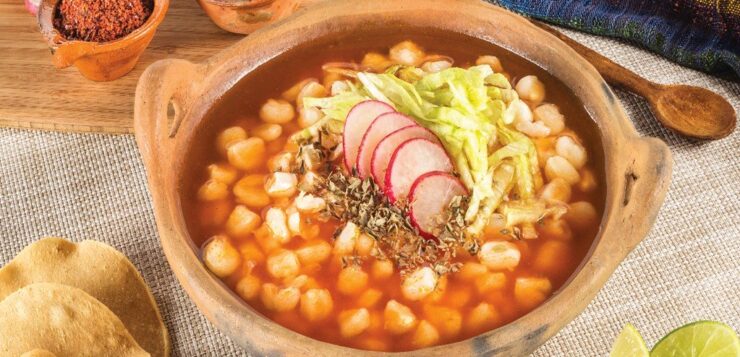Only those who were part of the elite ate pozole in Tenochtitlán
Pozole is one of the most delicious and popular dishes in Mexico but to you know the story behind it?
Pozole is a pre-colonial dish and it’s one of the oldest dishes in Mexico since experts have found that it became part of the Mexicas’ diet between 1325 and 1524. It also had a religious origin.
In pre-colonial times, pozole was known as tlacatlaolli, which means “men shelled corn” and it was a privilege to eat it, only for those who belonged to the Tenochtitlán elite, such as royals, governors, and warriors.
Its name derives from the Náhuatl word “pozolli,” which means foam and refers to the foam produced when the corn is boiled. Pozole dates back to pre-colonial times. It was served during a celebration for the god Xipe Tótec, a god who was flayed and protected agriculture, fertility, and love. Nevertheless, the pozole served during the festivities had one especial ingredient: human flesh.
In the General History of the New Spain Issues, Brother Bernardino de Sahagún explains that the Mexicas used to cook pozole using the leg of a captured warrior or slaves from other tribes, which was savored by the Tlatoani, the ruler. Nevertheless, the Mexicas also ate versions that contained Xoloitzcuintle meat or turkey.
Years later, after colonization, when the Spanish prohibited rituals, human flesh was substituted with pork.
In recent years, pozole has become a staple dish in Mexican gastronomy and is often cooked on special occasions such as parties, birthdays, Christmas, and during Independence Day.
Nowadays, there are different variations such as red, green, white, and black pozole. In the coast, meat is often substituted with sardines or shrimp; in Oaxaca, people add black mole to it, and there are also vegetarian options.
What is your favorite pozole?
SOURCE: El Universal





